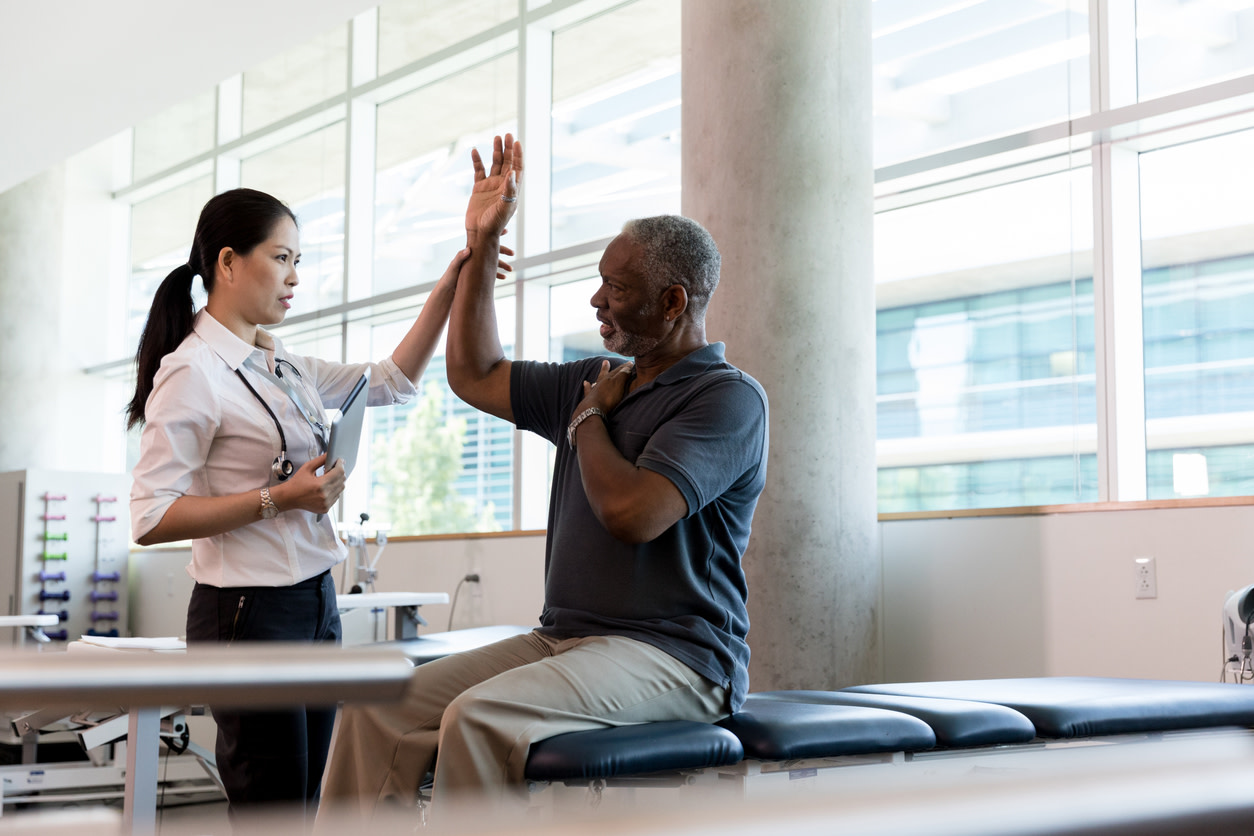¿Cómo afrontar un desgarro del manguito de los rotadores? Siéntete mejor con estos consejos y ejercicios
Infórmate sobre los desgarros del manguito de los rotadores, los síntomas y las causas más frecuentes, y obtén ejercicios recomendados por fisioterapeutas.
$0 costo para usted
Fecha de Publicación: Apr 11, 2024
El índice
Fully covered arm or shoulder pain relief
Find relief from arm pain, shoulder pain, pinched nerves, & more.
Check if I'm eligibleEjercicios para las roturas del manguito de los rotadores
¿Quiere atención experta? Comprueba si estás cubierto por nuestro programa gratuito →- Flexión isométrica del hombro
- Correderas de la Mesa Adelante
- Remo al hombro
- Exprimidos escapularios
- Extensiones de espalda sentadas
